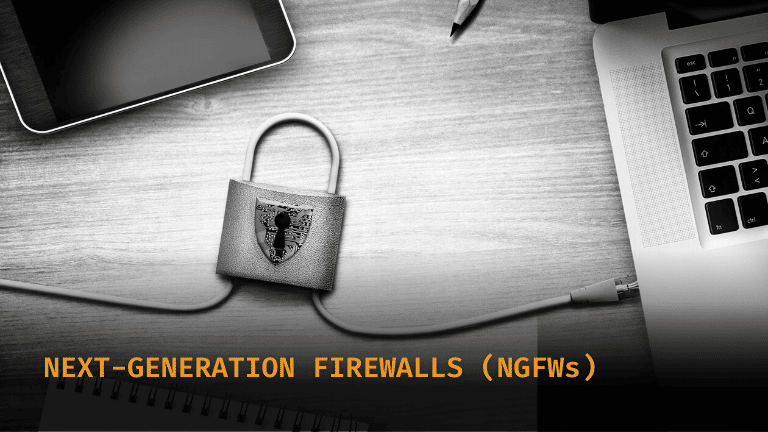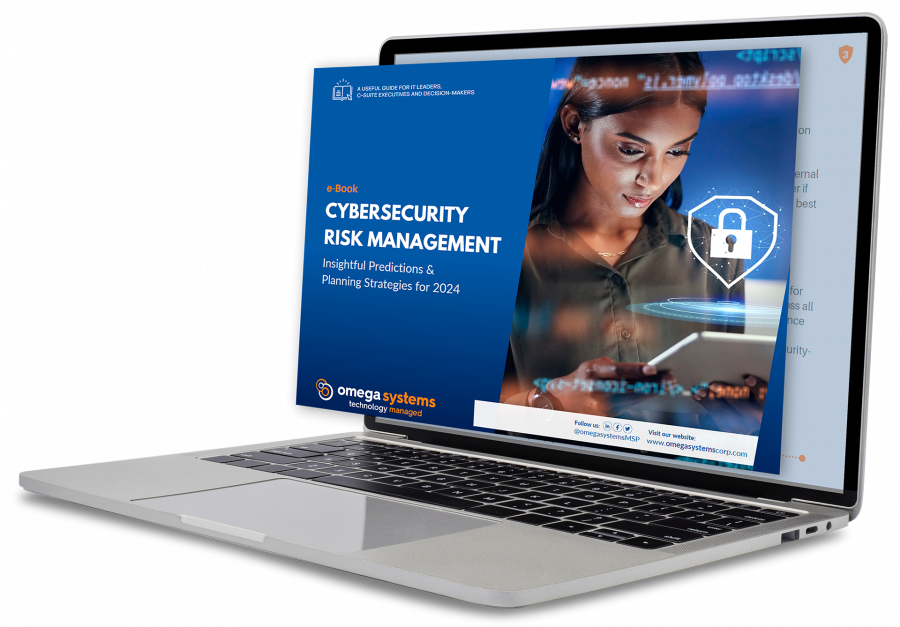
Gone are the days when cyberattacks primarily targeted enterprises. These days, hackers will target any business they deem vulnerable; they are not limited to the financial sector, healthcare, or any particular vertical. Companies of all sizes and across all verticals have fallen victim to hackers. In fact, small and medium-sized businesses (SMBs) are a favored target. According to Verizon's 2022 Data Breach Investigations Report, small businesses with ten employees or less are also under attack! Hackers bank on the fact that SMBs do not invest in and/or take the security measures necessary to keep their systems secure.
Reliance on an up-to-date antivirus, unfortunately, cannot protect your business against the thousands of unknown viruses that are created every day, and a patched system won't stop a zero-day attack (an attack that exploits a vulnerability that isn't publicly known). Traditional network firewalls guard against security threats, but having the "right" firewall is a game changer!
Cybercriminals can compromise systems within seconds, and with each attack, they become more sophisticated. Users are vulnerable to phishing/spoofing schemes and malicious emails, as these threats live within their email and are delivered over the network without anyone knowing until it's too late. The inability of standard firewalls to inspect network-packet data and identify legitimate business applications and attacks forces those devices to accept or reject all traffic in a very unintelligent manner.
Cybercriminals are taking advantage of the fact that applications use non-standard ports to simplify access to applications. The unsecured application provides a clean runway for spreading malware across multiple end-user points. A poorly configured firewall whose protection is based on ports and IP addresses is no longer effective and can be just as harmful as not having one at all.
Next-Generation Firewall (NGFW)

The ever-changing threat landscape led to the evolution of the Next-Generation Firewall (NGFW) with newer rules and more robust security mechanisms for continuous monitoring and automatic threat detection. These firewalls can classify traffic based on the accurate identification of an application, not just port/protocol information.
NGFWs offer stateful inspection of traffic and a multifaceted range of security competencies plus features such as Intrusion Detection Systems (IDS), Intrusion Prevention Systems (IPS), web filtering, malware detection, URL filtering, encryption, and antivirus. These features are directly related to security, controlling what users and systems can do, and preventing network attacks. It also allows businesses to prioritize what traffic is critical and what is not.
IPS vs. IDS
Intrusion detection is the practice of monitoring traffic on your network, analyzing that traffic for signatures matching known attacks, and alerting you when something suspicious happens without disrupting the traffic. Intrusion prevention, on the other hand, is the practice of monitoring and protecting a network from malicious activity and threats. But when something unusual happens, the traffic stops altogether until you investigate and decide to open the floodgates again. Devices can generate thousands of alerts daily and can be prone to false positives, making it challenging to identify the appropriate actions to take.
It is essential to note the critical differences between Intrusion Detection Systems (IDS) and Intrusion Prevention Systems (IPS). Although both increase the visibility of your network security through their robust monitoring and scanning capabilities, there is one key difference. IPS can take action to block an attack, while IDS will simply alert you. IPS scans your traffic and blocks malicious traffic before it can impact your environment.
Both systems have advantages and disadvantages. Because of that, some experts believe an IDS/IPS combination is the best way to protect a server.
Firewalls are the foundation of security for SMBs. It is crucial to choose the right firewall, configure it properly, monitor for alerts, and respond to active threats in your environment.
Contact The TNS Group today to learn how to protect the perimeter of your network by deploying and configuring an industry-leading Next Generation Firewall (NGFW) in your environment.
Do you have other questions about technology? TNS is here to help. If you are currently a TNS partner, simply reach out to your friendly Account Manager for more information.
For more practical IT tips, you may sign up here to get them direct to your inbox.

Share this blog post with your colleagues and friends. Follow The TNS Group on Facebook, Twitter, LinkedIn, YouTube, or Instagram.
Categories: Information Technology Services, Managed Service Provider, MSP Blogs




